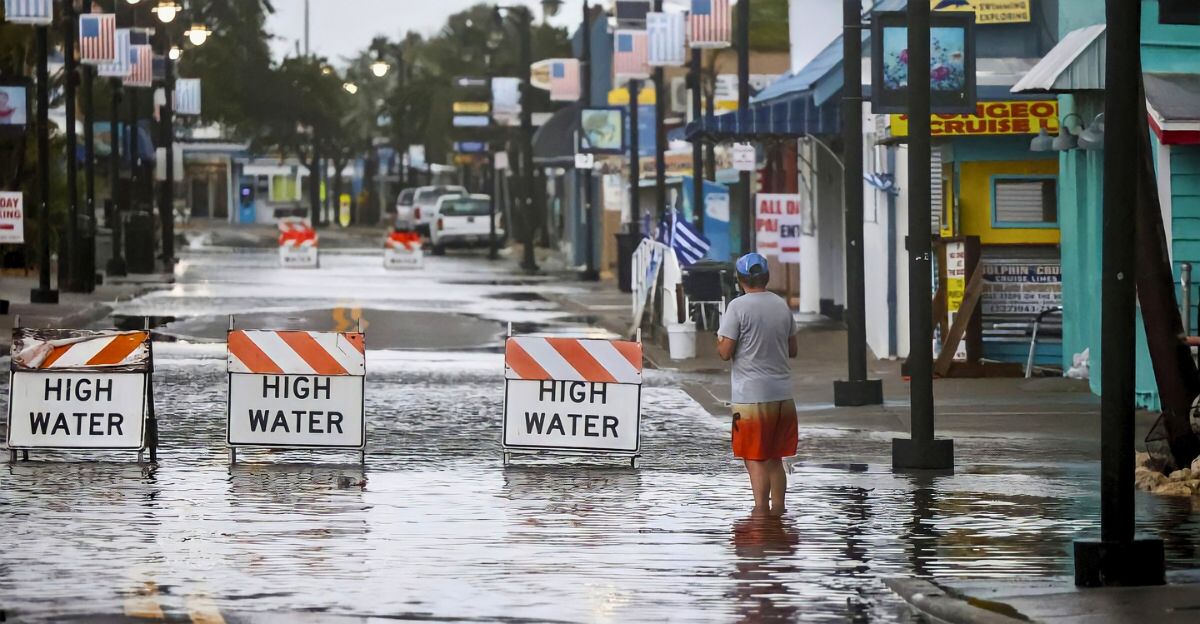
While millions prepare to celebrate July 4th across the nation, a tropical system developing is in Florida and the Southeast and flash flood warning have been issued, raising eyebrows and fears.
According to the National Hurricane Center, this weather event has a 60% chance of becoming a tropical depression or storm—potentially named Chantal—by this weekend. The system is already soaking the region, jeopardizing not just firework displays, but the region’s precarious balance of economies, ecosystems, and daily routine.
It’s not just a weather system; it’s the start of an event with ripple effects that’ll radiate beyond the coast.
A Perfect Storm of Timing and Conditions
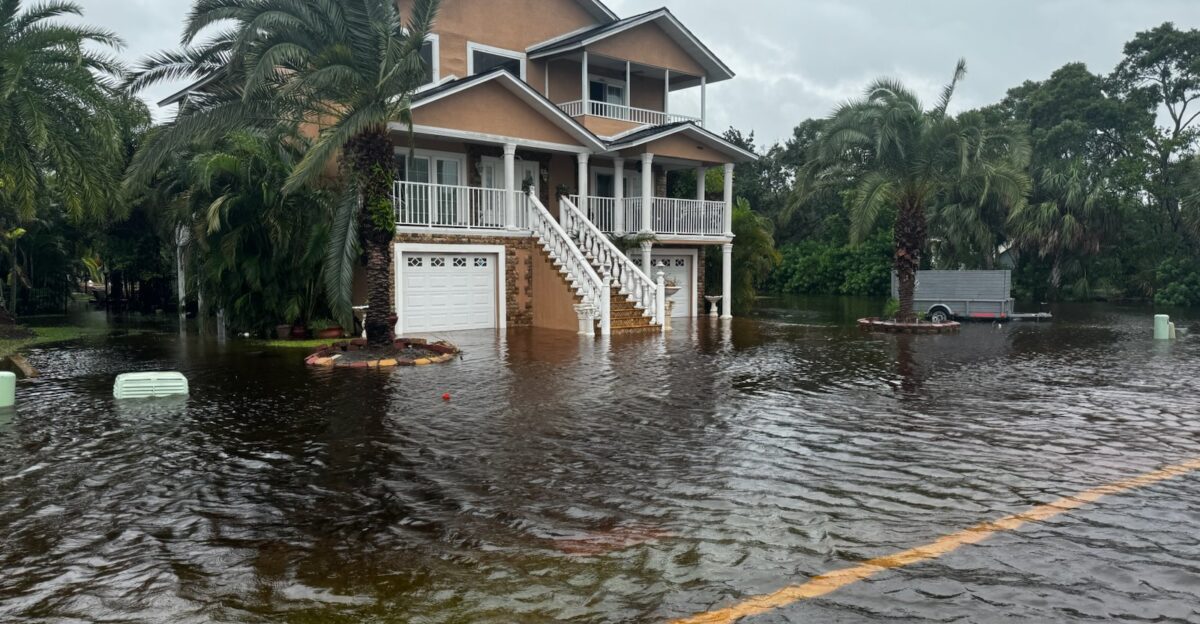
According to Fox Weather, the potential storm’s origins lie in a stalled boundary between two different air masses (such as warm, humid air and cooler, drier air) and tropical moisture lingering over the Southeast.
Further, warm ocean surface temperatures and persistent atmospheric instability have combined to create perfect conditions for a terrifying storm.
Fox Weather reported that the storm is forecasted to impact Florida and coastal Georgia through Friday and then turn toward the Carolinas during the weekend. With the holiday weekend, the timing couldn’t be worse, setting the stage for a potentially deadly weekend.
The Flash Flood Warning—A Rainy Day, Indeed
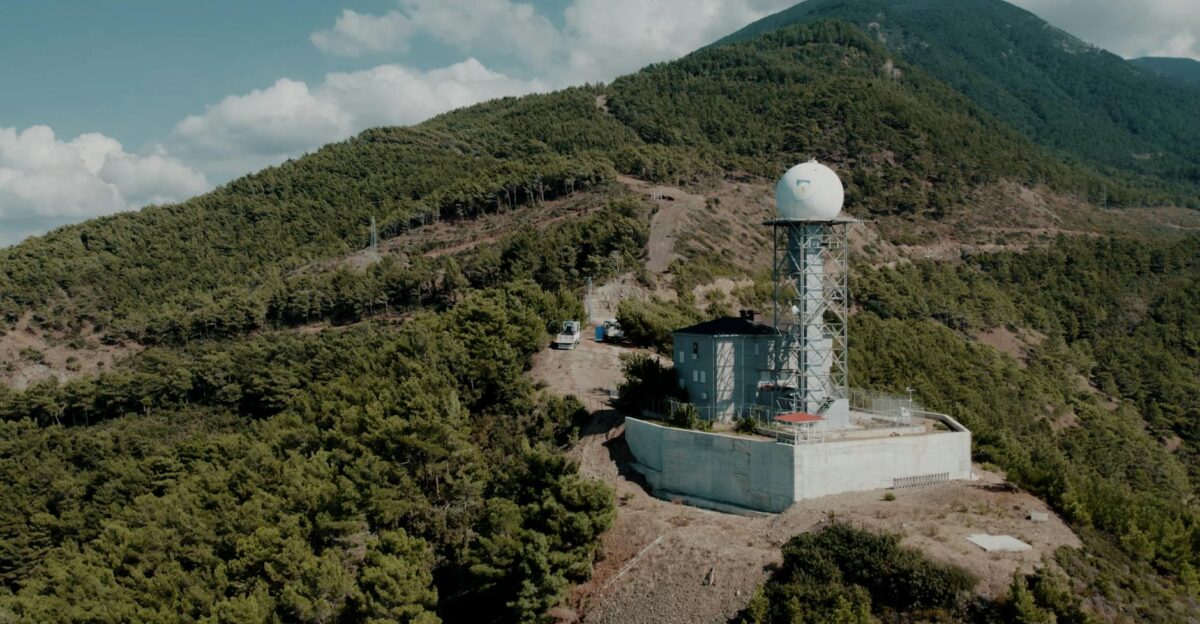
Flash flood watches aren’t announced lightly, especially over a holiday weekend. Meteorologists warn that parts of Florida may receive up to 6 inches of rain, with localized areas at even greater risk following the recent heavy rainfall. Should flash flooding occur, the National Weather Service explains that people can expect impassable roads and scarce emergency services, forcing communities to rally and improvise aid and protection.
Changing Habits—How Floridians and the Southeast Are Adapting
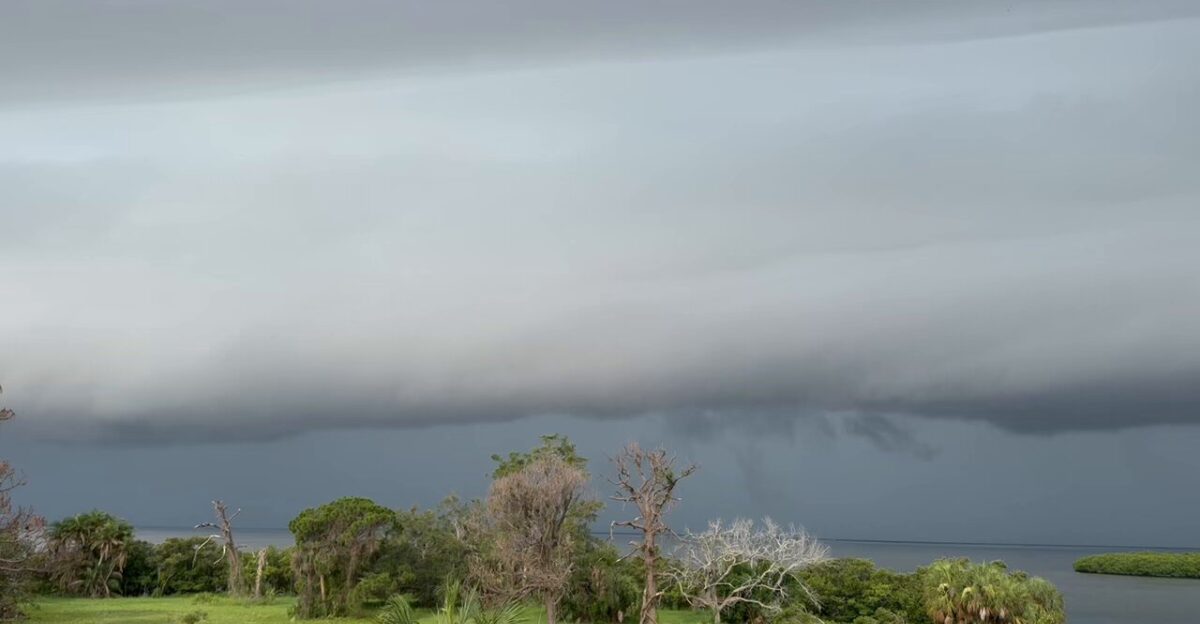
As more frequent and unpredictable storms become the new normal, residents are adapting. Now they opt for indoor events, begin planning earlier, and gingerly listen to weather alerts. Social media platforms, like Reddit and Facebook, are filled with real-time updates, debunking rumors, and providing tips on what to do.
Meanwhile, science is also evolving, with researchers attributing warming ocean temperatures and stalled boundary fronts as primary causes for these new, wetter patterns.
Behind the Scenes—How Agencies and Wildlife Managers Mobilize
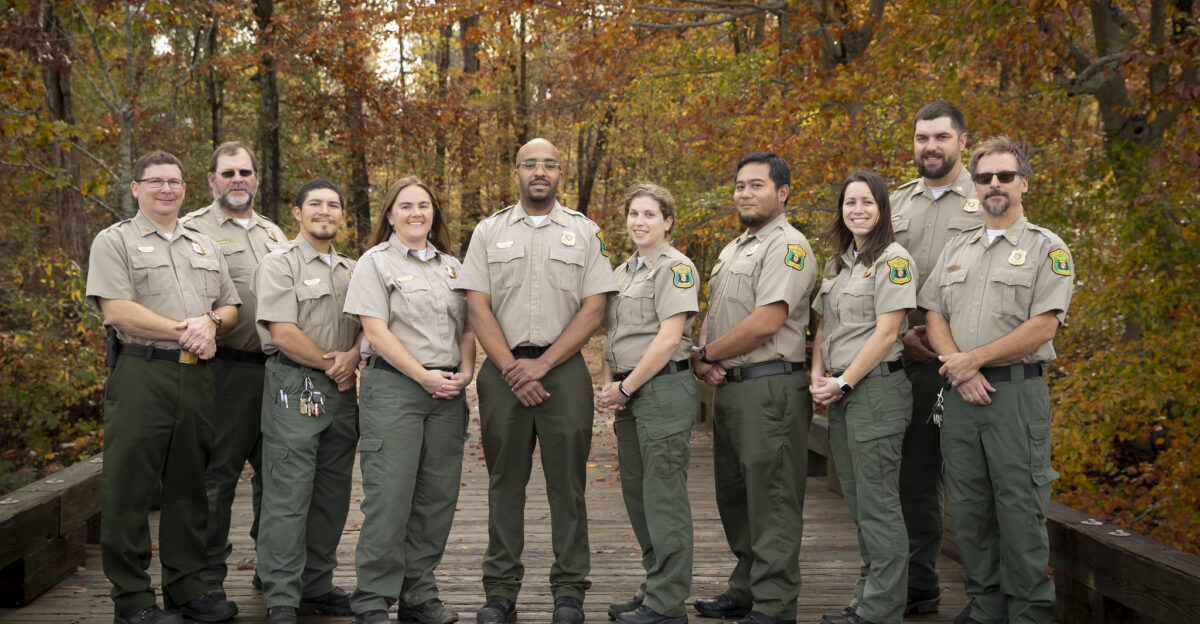
Further, emergency response units, park rangers, and wildlife officials stand ready, preparing shelters, monitoring river gauges, and issuing public safety notices to protect human and animal life.
According to the Florida Wildlife Corridor Foundation, wildlife officials watch for animal migratory patterns. They know that storms can wipe out everything from alligators to deer and even wash manatees and dolphins inland. This knowledge allows them to prepare and rescue any animals in danger.
When Water Redraws the Landscape—Wildlife and Environmental Impacts
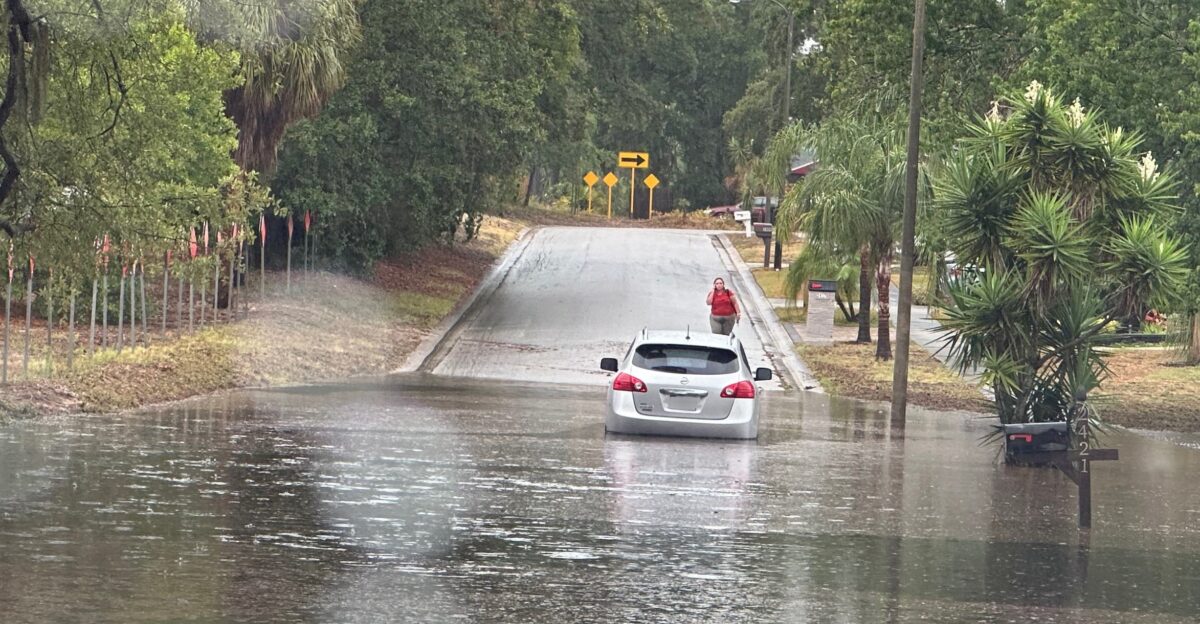
Floodwaters don’t merely disrupt human activity—they redefine natural habitats and ecosystems. For example, birds may find new wetlands, while reptiles and mammals are pushed into new, potentially dangerous environments. Fish and aquatic organisms experience abrupt changes in salinity and water quality, precipitating algal blooms and disrupting food webs.
Further, soil erosion reshapes beaches and riverbanks, impacting everything from sea turtle nesting sites to seagrass bed health. These effects are felt for months or years, transforming the region’s natural balance in new and unpredictable ways.
Real Voices, Real Consequences—Locals and Experts Weigh In

Various new reports show a population feeling a mix of frustration, resilience, and pragmatism. Some see the rain as a long-awaited relief from drought, but others worry about flooded homes and ruined holiday plans.
Fox Weather reported that experts call for restraint and warn against panic, stating that even “weak” tropical systems can cause a lot of damage. However, it’s important to note that flash flood watches and tropical storm development probabilities can change as new data emerges.
TikTok and YouTube meteorologists, such as Carson Vickroy, break down the science, explaining the jargon and educating the public more accurately and without exaggeration.
The Policy Ripple—Legislators, Regulators, and the Utility of Warnings

Flash flood watches are an essential resource for human and animal safety, mobilizing evacuations, road closures, and resources.
But while these warnings are helpful, legislators and advocacy groups still argue about the adequacy of infrastructure, the need for storm-resistant wetlands, and the worth of timely, accurate data.
Further, some call for stricter environmental protection because healthy ecosystems ensure that residents and wildlife are more resilient to destructive weather events. So, while the debate continues, the stakes increase with each new event.
What Now? Practical Steps for Safety and Stewardship
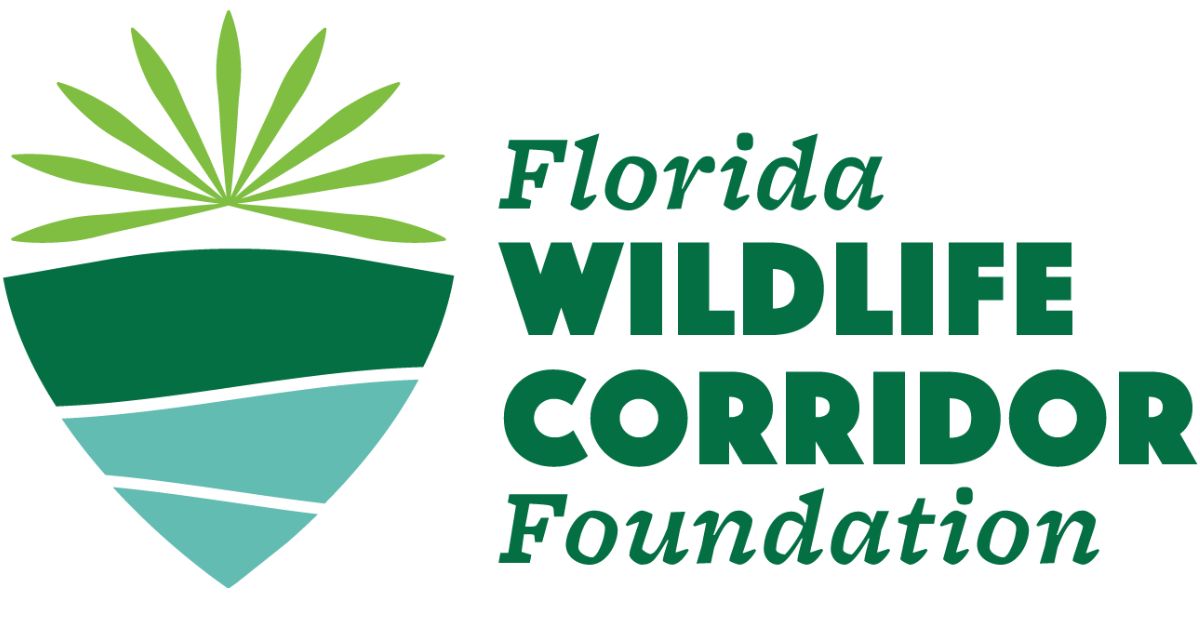
Preparation is key for those in harm’s way. News reports commonly suggest that residents heed alerts, avoid flooded streets, and check on neighbors, both human and animal.
The Florida Wildlife Corridor Foundation states that protecting the environment is simply a matter of becoming an ally to wetlands and natural floodplains, which act as sponges during rainstorms. They report that small actions, such as anchoring outdoor accessories, reducing runoff, and respecting wildlife, can make all the difference.
A Storm’s Legacy Off the Front Pages
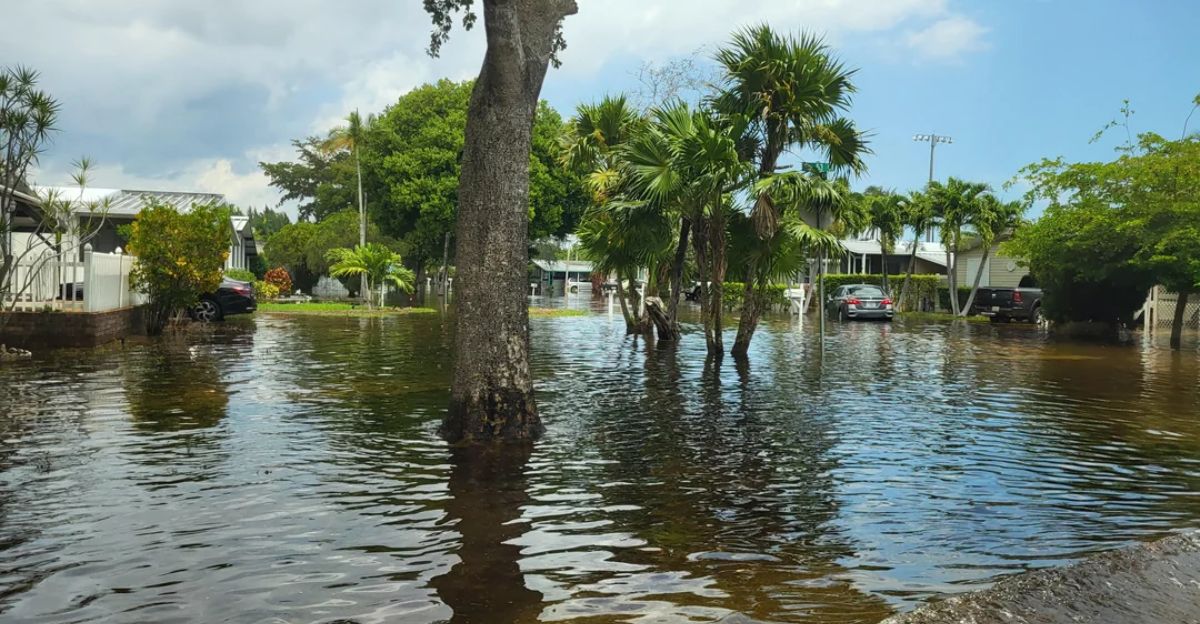
When the rain stops and the new reports move on, the actual impacts of this storm will keep unfolding. While floodwaters will recede, they’ll have altered landscapes, disrupted routines, and reshaped habitats. With each event like this one, we’re reminded of our interconnectedness—with each other, with the environment, and with the systems that sustain us. The ripple effect is real, and how we respond will determine our collective resilience.







